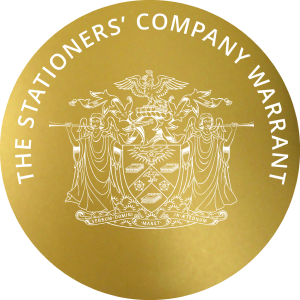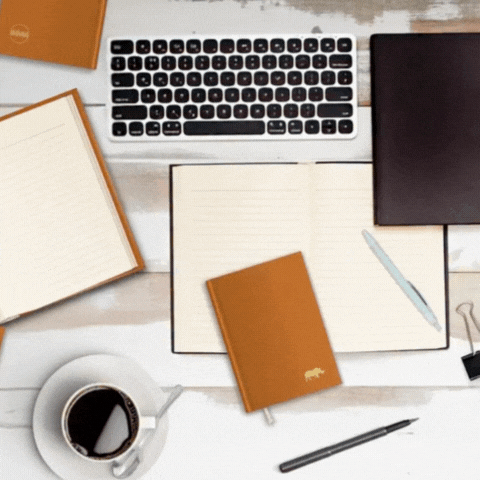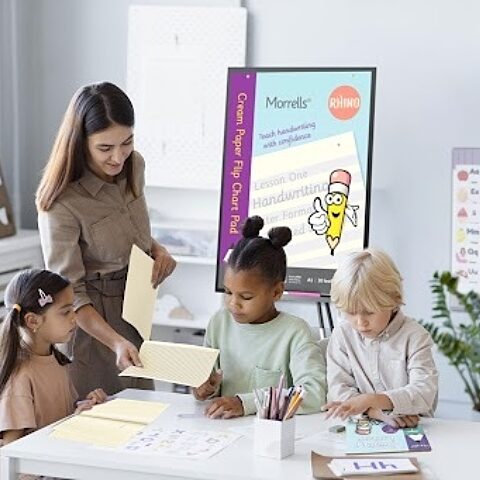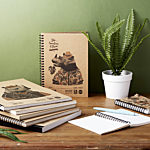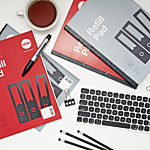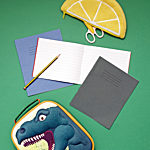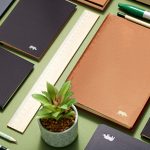How can I improve engagement in the classroom?

It's hard to believe that in our tech-mad world, the humble Flip Chart Pad is now trending as one of the best tools to promote discussion and create shared work in your classroom.
It sounds a little old-fashioned, right?
Well, not according to education leaders who are keen to point out the benefits of this tried and tested method of engaging our children.
Introducing flip charts in the classroom is a fantastic way to improve engagement, whether that's to teach a lesson or provide a shared interactive classroom experience, flip charts are an invaluable stationery item for teachers.
Important Tool and Inspiration for Teachers
Alongside evolving tech in the classroom such as whiteboard interactive learning, teachers are embracing flip charts. Flip charts allow for flexible lesson presentations as you can move around the classroom with a flip chart easily, are able to work in small break-out groups, and provide individual one-on-one tuition to enhance learning, they also provide brilliant support to the tech found in the classroom.
Flip charts are interactive and versatile, when you are finished with one sheet, you can add it to a classroom working wall or 'washing line', allowing you to reinforce key points from your lesson and build on your lesson's main themes. Once the flip chart paper is on the wall, it will act as a visual reminder to pupils of their previous lessons and core facts.
As a flip chart is essentially a larger version of the student's exercise book, a teacher can easily demonstrate to pupils on a bigger scale how to format, and layout their school workbooks.
Advantages of Using Flip Charts
Flip charts have many benefits as they allow visual learners to thrive, supporting all pupils in your classroom as every student learns differently.
- Keep sheets as classroom displays and as educational resources to reference
- Cost-effective as they require no electricity
- Helps visual learners with colours, bold and underlining to emphasise
- Adaptable and flexible - no fancy tech needed!
- Enhances presentations and encourages student participation
- A great alternative to a whiteboard - can be moved around the classroom
- Versatile - enables you to work closely with students who need extra support
How to use a Flip Chart effectively?
To ensure you are making the most out of your flip chart in the classroom, here are a few pointers to help you!
- Use the most appropriate flip chart paper for your subject, we have literacy for handwriting, squared for maths and science, plain for art or free drawing, dotted works for storyboards, and any line work, and staves for music
- Ensure your flip chart easel is correctly positioned for your students to see
- Organise what each page will be used for
- Use large letters, and diagrams
- Use note-from to emphasise points
- Colours and underlining will appeal to visual learners
- Have fun and be creative!
See our top flip chart picks below, with rulings tailored to support all your core subjects!
A1 Dotted Paper

This genius dot grid ruling helps you keep your writing straight and makes it easy for you to draw shapes, and create flow charts, graphs, and mind maps...
A1 Squared Paper

Perfect for maths and science work, these flip chart pads help you demonstrate to students how to use squares for sums, formulas, and graphs.
A1 Handwriting Paper
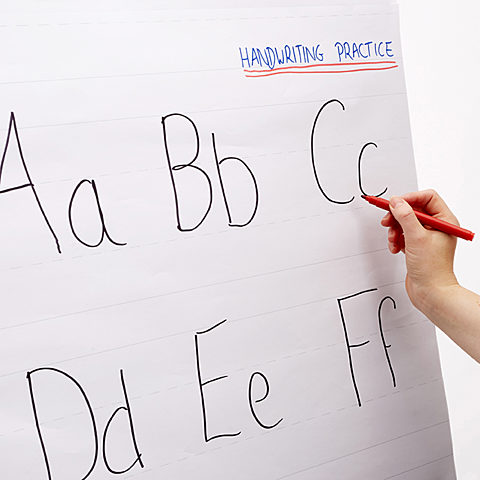
With a ruling that enables you to demonstrate to your class how to form upper and lower case letters using the handwriting house method - great for modeling best practice!
A1 Music Paper

Now that music has become a hot topic in the curriculum, investing in a flip chart pad with music staves means you can show your class how to form musical notes effectively.
A1 Plain Paper

A1 Plain flip chart paper pads are ideal for presentation, art, and storyboards! Our plain flip chart pad comes with 80 pages of easel paper, each plain and unruled.
The RHINO Brand Promise

